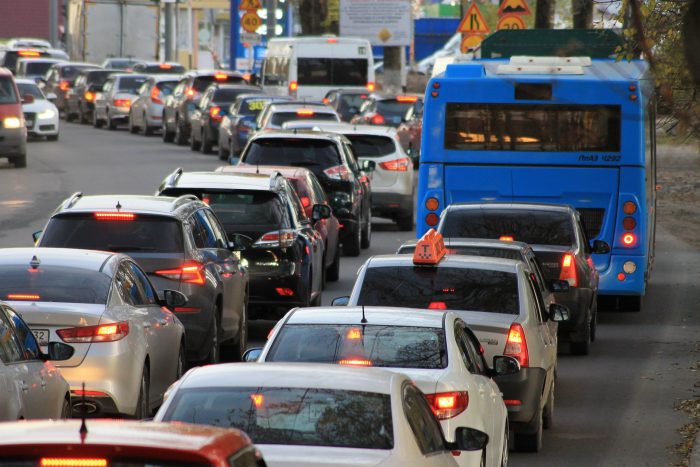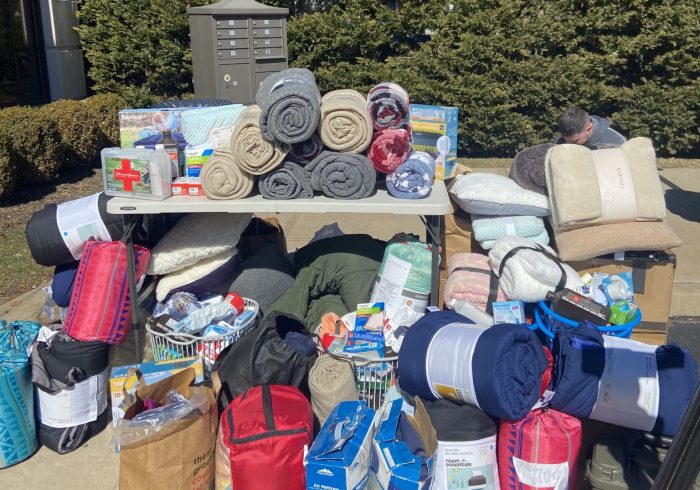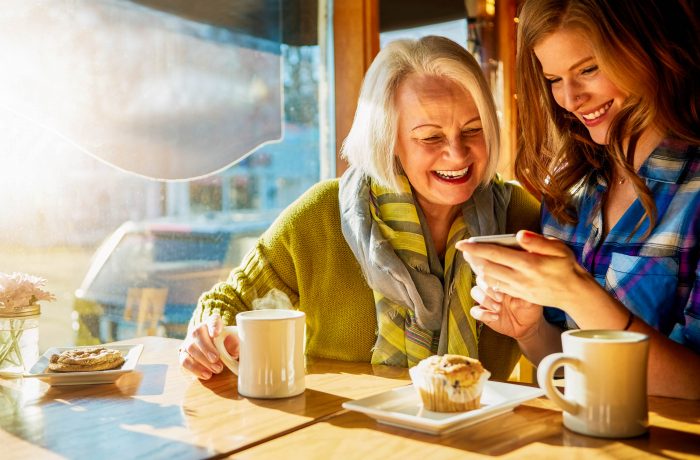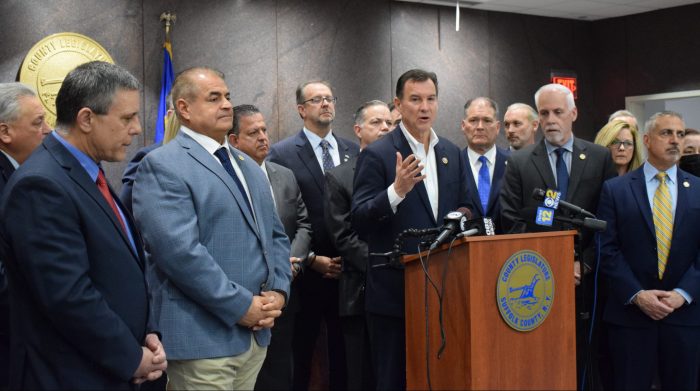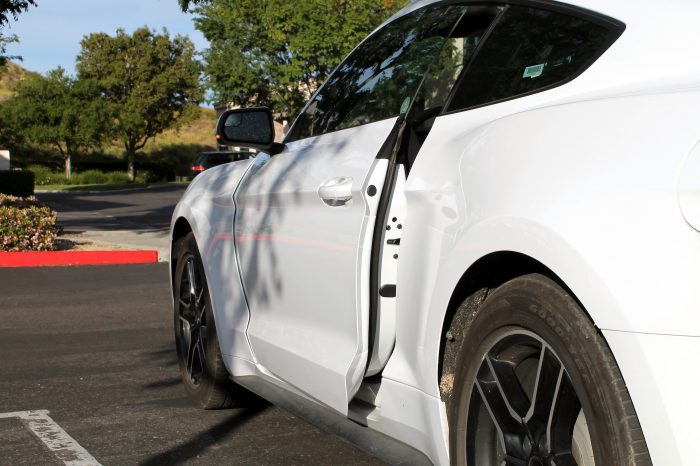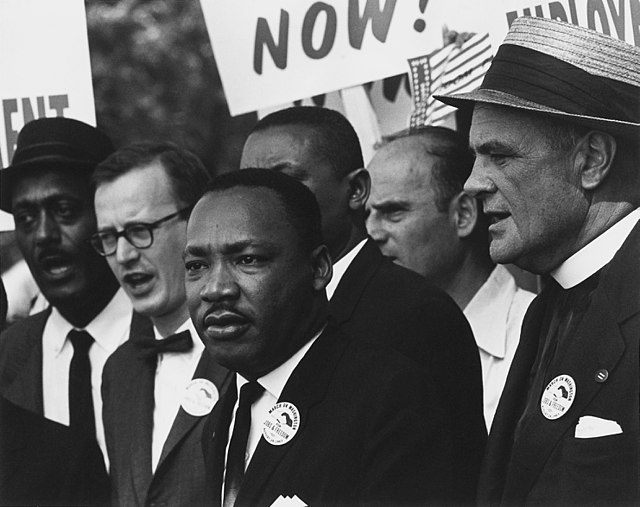Social media has enabled people to connect and reunite with each other. Unfortunately, it also has provided another outlet for scam artists.
According to the Federal Trade Commission, “More than one in four people who reported losing money to fraud in 2021 said it started on social media with an ad, a post or a message.”
An event organizer in the TBR News Media coverage area recently discovered that someone had set up fraudulent social media accounts pretending to be a representative from their organization. When they took to their Facebook and Instagram accounts to warn the public, they found their name wasn’t the only one being used to scam local residents.
There are countless scammers out there impersonating not only other people but companies and nonprofit organizations. In the incidents occurring in the TBR coverage area, people set up social media accounts promising vendors that they could secure their spots at future events of the organizers through the account by using PayPal.
The incidents are just another reminder that navigating social media is the same as the web: You can’t take anyone at their word.
The best thing to do when anyone approaches you over social media asking for money — just as you would over the web and phone — is to ask if you can get back to them. If they keep insisting that you pay now, odds are they’re not who they say they are.
Anyone who is legitimately representing a business would have no problem with you jotting down their number and getting back to them. Of course, when calling or emailing a company back, if you are handing over money, you’ll want to make sure you look up the contact information before calling. Many times, scammers will go as far as answering the phone by saying the company’s name or setting up email accounts that make it look as if they are associated with the business.
Some may ask that a person pays through PayPal or Venmo and similar payment apps which may make a person feel better since a credit card number is not being given out. The bottom line is that money is still being stolen and most likely will never be recouped. It’s important that payors do their research.
Facebook’s help center also advises that users be wary if someone asks you “to move the conversation off Facebook to a less public or less secure setting, such as a separate email.”
Other things to look out for are unverified pages claiming to represent a large organization or public figure, or a page that contains messages or posts with poor spelling and grammar.
The most important advice to heed is that if you think you have been scammed, file a police report by calling the Suffolk County Police Department at 631-852-SCAM (7226) and notify the platform on where the fraudulent account is set up.
Social media has provided a whole new world for interaction. With a bit of caution, it can be a pleasant experience instead of a dangerous one. Just some extra care goes a long way.


